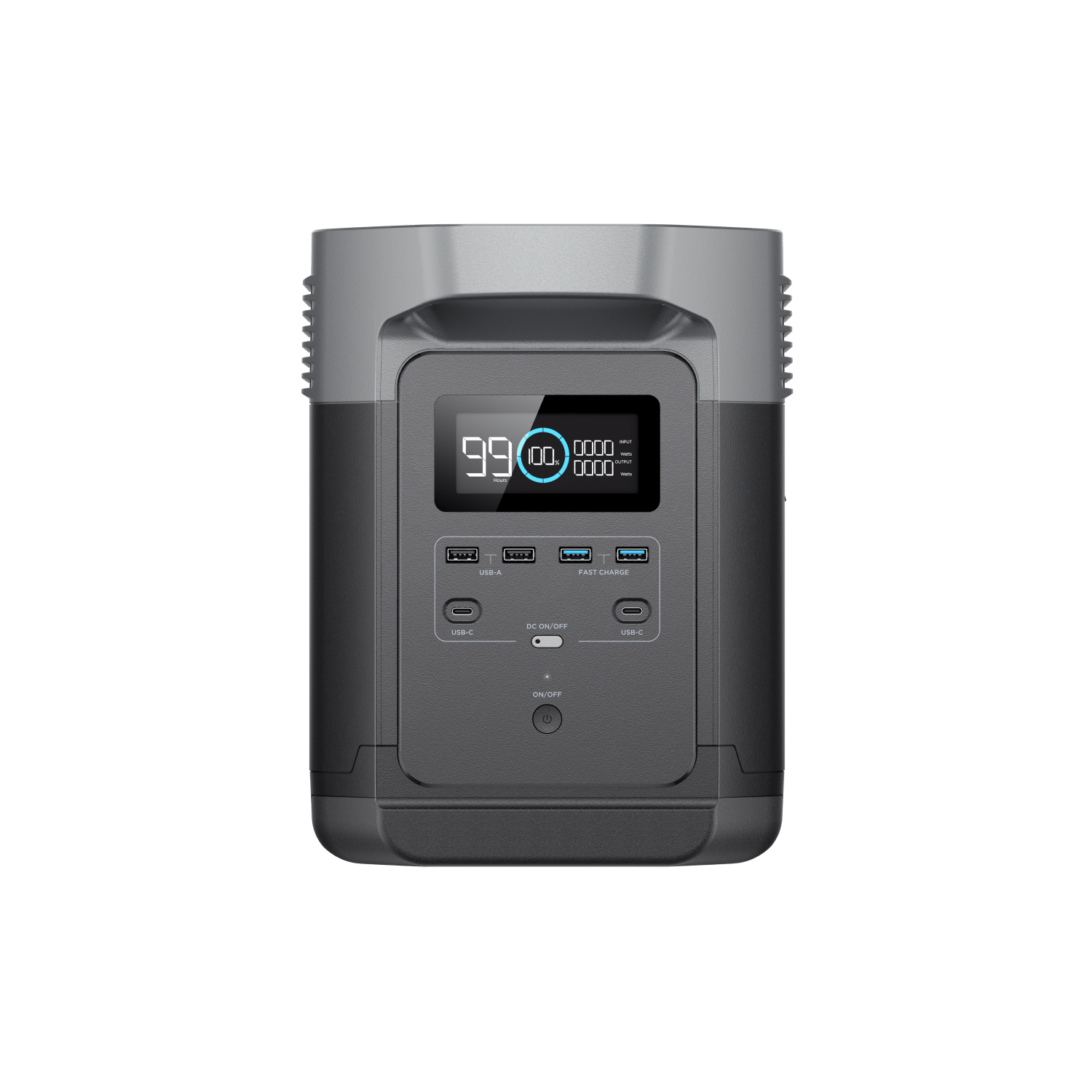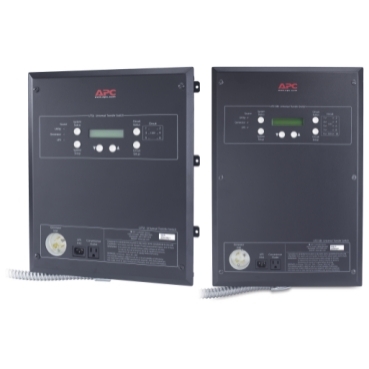I have an electric vehicle that supports Vehicle To Load (V2L), and has a ginormous battery. I have to travel again, and I'd like to be able to use this to serve as a power backup for my tank(s). It can put out enough power, and has enough storage, that it could easily run my tank with lights for a couple days.
The setup on the car is you attach an adapter to the car, and it then gives you a standard power outlet that you can connect anything, such as a beefy extension cord, to.
What I'd like to be able to do is have a setup where my main power strip is somehow plugged into the wall as normal, but also connects to the car's extension cord. In the event that the main supply drops, I'd like it to switch to run off the car's power. At some point I'd want it to switch back, but given how long the battery can run, it'd be fine if it was manual. I'd have a neighbor flip it if needed.
Is anyone familiar with a strategy to do something like that? It's effectively the same idea as a battery backup, but a bit different that from the POV of the switching it's just two power inputs.
I also could just buy a battery backup, but it seems silly in this situation. Particularly because at some point I hope we get solar, and I'd rather save the money up on batteries for various things and instead get a house battery.
Additionally at some point I hope I'd have a car that supports bidirectional charging / vehicle to grid, in which case this also may be irrelevant.
Thoughts?
CC some people who I feel tend to have ideas on this sort of thing @Qwiv @thesassyindian
The setup on the car is you attach an adapter to the car, and it then gives you a standard power outlet that you can connect anything, such as a beefy extension cord, to.
What I'd like to be able to do is have a setup where my main power strip is somehow plugged into the wall as normal, but also connects to the car's extension cord. In the event that the main supply drops, I'd like it to switch to run off the car's power. At some point I'd want it to switch back, but given how long the battery can run, it'd be fine if it was manual. I'd have a neighbor flip it if needed.
Is anyone familiar with a strategy to do something like that? It's effectively the same idea as a battery backup, but a bit different that from the POV of the switching it's just two power inputs.
I also could just buy a battery backup, but it seems silly in this situation. Particularly because at some point I hope we get solar, and I'd rather save the money up on batteries for various things and instead get a house battery.
Additionally at some point I hope I'd have a car that supports bidirectional charging / vehicle to grid, in which case this also may be irrelevant.
Thoughts?
CC some people who I feel tend to have ideas on this sort of thing @Qwiv @thesassyindian




